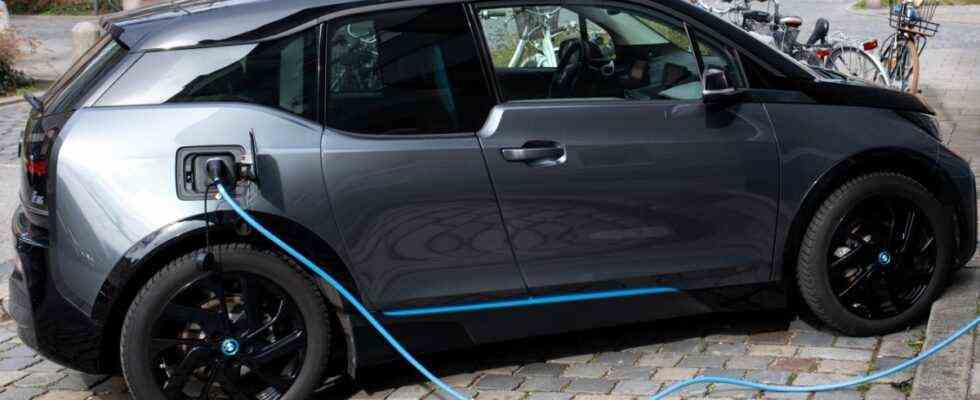Summer, sun, vacation time. The (electric) car is becoming an increasingly common feature. In the first five months of this year, more than every fifth new car was a battery-powered vehicle – an increase of almost 200 percent compared to the same period last year. Together with plug-in hybrids, the alternative drives even reach 38 percent. So one would think that the climate is great. But the holiday season is also the first stress test for newcomers to e-mobiles: long distances, monkey heat (the air conditioning system eats away at range) and then the annoying waiting at the charging stations.
And what non-locations you have to go to on command of the navigation system! In the nowhere of the depots, next to the truck wash or in remote corners of the motorway parking lots. The quality of stay on such brownfield sites is: zero. No trace of decent gastronomy or at least a meatball roaster. The electrical pioneers were prepared for adversity with provisions, a sunny disposition and a good book in their luggage. But you can read better on the train – and you can usually travel even faster.
In a recent self-test with the BMW iX3, the 900-kilometer route from the Munich area to Frankfurt and back became a twelve-hour horror trip (plus a stay in Frankfurt). Net charging time: two hours, not including the initially full battery. Even on an ultra-fast charger from Fastned, the BMW allowed itself a maximum of 100 of the supposedly available 350 kW charging power. But the joy did not last long: after ten minutes, the charging power drops to the basement – despite the best conditions with a half-full battery. From 80 percent SOC (state of charge), the energy flow is throttled to a trickle anyway. So you are constantly brooding over the best charging strategy: do you prefer more often and shorter? Nobody needs that many coffee breaks.
The BMW test car is by no means an isolated case. Almost all electric cars grapple with pressure refueling – to protect the rapidly aging battery cells. What is a problem for ordinary consumers only during vacation times hits professional drivers all the harder: Anyone who unwinds more than 25,000 kilometers a year in a company car quickly runs into scheduling problems with the electricity supply, which is difficult to calculate.
Company cars and commercially registered vehicles are responsible for around three quarters of CO2 emissions from new cars in Germany – this is shown by a current study by Transport & Environment (T&E). The coalition of environmental associations criticizes the fact that German company cars emit an average of 157 grams of CO2 per 100 kilometers. They would thus form the most climate-damaging fleet in Europe. And anyway: If all new commercially registered vehicles were electrified by 2030, Germany would have no problem achieving the higher climate targets currently being discussed in the transport sector.
Almost half of the plug-in hybrids registered in the first five months of this year are company cars. Why do 87 percent of company vehicles still have an internal combustion engine? Because it’s not every day vacation – and no sales representative or manager with customer contact always wants to come home at two o’clock in the morning. After all, loading time is also lifetime.

